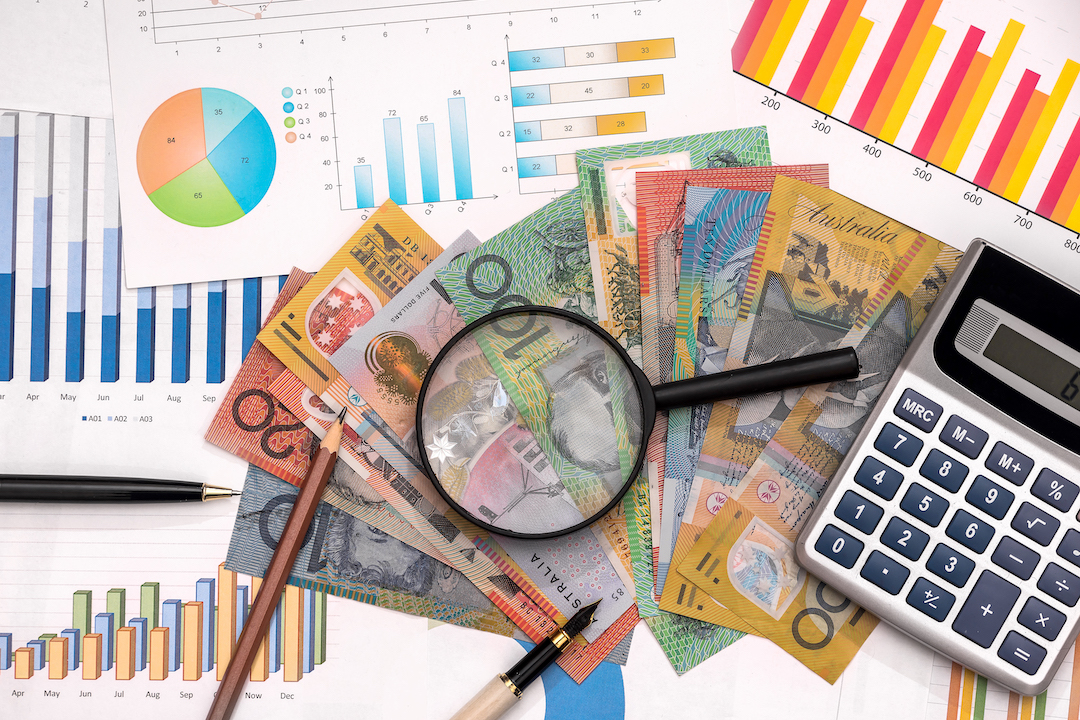

How’dy USA
In US economic data, non-farm payrolls (employment) fell by 701,000 in March (forecast -100,000) - the first fall in jobs for 114 months. It was the biggest monthly decline in jobs in 11 years. The unemployment rate rose from 3.5% to 4.4% (forecast 3.8%). The participation rate fell from 63.4% to 62.7%. Average hourly earnings rose by 0.4% in March (forecast +0.2%). The ISM services index fell from 57.3 to 52.5 in March (forecast 44).
US share markets fell on Friday. The only sector to gain was consumer staples, up 0.5%. Energy fell 1.3% despite a higher oil price. Shares in Tesla rose 5.6% after the electric car maker reported deliveries ahead of schedule. The Dow Jones index fell by 361 points or 1.7%, after trading in a 743 point range. The S&P500 index lost 1.5% and the Nasdaq fell by 114 points or 1.5%. Over the week the Dow fell by 2.7%, the S&P 500 index fell by 2.1% while the Nasdaq lost 1.7%.
US treasury bond prices were lower on Friday (yields higher). Investors took the jobs data in their stride. Also, the Federal Reserve outlined a schedule of Treasury purchases that was regarded as less aggressive than the current pace. US 2-year yields rose by 1 point to 0.227%. And US 10-year yields rose by 1 point to 0.599%. Over the week US 2-year yields fell by 3 points with US 10-year yields down 14 basis points.
Bonjour Europe
European share markets fell on Friday. Insurers fell by 4.1% with banks down 2.2%. But healthcare rose 0.9%. And retail stocks rose 0.8% in response to a better-than-expected 0.9% lift in February Eurozone retail sales. The pan-European STOXX 600 index lost 1.0%. The German Dax eased by 0.5%. And the UK FTSE lost 1.2%. In London trade, shares of Rio Tinto rose by 1.1% while shares of BHP fell by 1.4%.
Hello World!
Major currencies were weaker against the US dollar in European and US trade. The Euro fell from US$1.0850 to US$1.0775 and was near US$1.0810 at the US close. The Aussie dollar fell from US60.75 cents to US59.80 cents and was near US59.95 cents at the US close of trade. And the Japanese yen eased from JPY 107.80 per US dollar to JPY108.65 and was near JPY108.45 at US close.
Global oil prices rose by up to 14% on Friday with both Brent and Nymex posting their biggest daily gains on record. OPEC has scheduled an emergency meeting for Monday (April 6). But the International Energy Agency said that if global production was cut by 10 million barrels per day, global stocks would still build by 15mbpd in the current quarter. Brent crude ended higher by US$4.17 or 13.9% to US$34.11 a barrel. The US Nymex price rose by US$3.02 or 11.9% to US$28.34 a barrel. Over the week Brent rose by US$9.18 or 36.8% and Nymex rose by US$6.83 or 31.8%.
Base metal prices fell by up to 2.7% on Friday with lead down the most while zinc only fell by 0.3%. Over the week metals generally fell with aluminium down 4.5%. But copper rose by 0.9% and nickel was up 0.2%.
The gold futures price rose by US$8.00 an ounce or 0.5% to US$1633.70. Spot gold was trading near US$1,616 an ounce in late US trade. Over the week gold rose by US$9.80 an ounce or 0.6%. Iron ore fell by US85 cents or 1.0% to US$82.65 a tonne. Over the week iron ore fell by US$3.25 or 3.8%.
G’day Australia
In Australia, the ANZ job advertisements series is released with the Melbourne Institute inflation gauge. In the US, data on consumer inflation expectations is released.